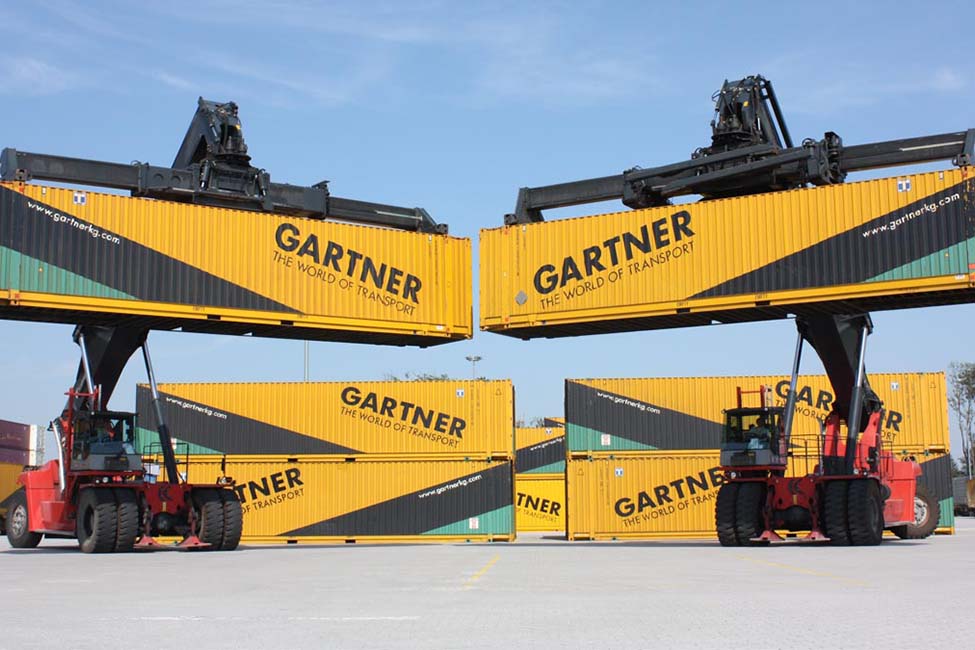Container shipping plays a vital role in global trade, allowing goods to be transported efficiently across the world. However, the process of removing containers from ships requires careful planning and execution to ensure safety and efficiency. In this blog post, we will explore the various methods used to remove containers from ships, highlighting the key considerations and best practices.
- Crane Operations:
One of the most common methods for removing containers from ships is through the use of cranes. These cranes, often located on the ship or at the port, are equipped with specialized lifting equipment to handle containers of different sizes and weights. The process involves carefully positioning the crane over the container, attaching lifting slings or hooks, and then hoisting it off the ship onto the dock or onto a waiting truck or train. - Mobile Harbor Cranes:
Mobile harbor cranes have become increasingly popular in recent years due to their versatility and efficiency. These cranes are mounted on rubber tires or tracks, allowing them to move along the dock and reach containers at different positions on the ship. They offer greater flexibility in terms of reach and can handle multiple containers simultaneously, reducing the overall time required for unloading. - Automated Guided Vehicles (AGVs):
AGVs are autonomous vehicles that can transport containers within the port area. They are equipped with advanced navigation systems and can operate without human intervention. In the context of container removal, AGVs can be used to transport containers from the ship to the designated storage area or directly onto waiting trucks or trains. This method eliminates the need for manual labor and can significantly improve efficiency. - Floating Cranes:
In some cases, particularly when dealing with larger or heavier containers, floating cranes may be employed. These cranes are mounted on barges or specialized vessels and can be positioned alongside the ship. They have a high lifting capacity and can handle containers that are beyond the reach of traditional shore-based cranes. Floating cranes are often used in ports with deep water access or where the infrastructure does not support the use of onshore cranes. - Considerations for Safety and Efficiency:
When removing containers from ships, safety and efficiency are paramount. Factors such as weight distribution, stability, and weather conditions must be carefully assessed to prevent accidents or damage to the cargo. Additionally, proper planning and coordination between the ship's crew, port operators, and crane operators are essential to ensure smooth operations and minimize delays.
Conclusion:
Removing containers from ships is a complex process that requires a combination of specialized equipment, skilled operators, and careful planning. By utilizing various methods such as cranes, mobile harbor cranes, AGVs, and floating cranes, ports can efficiently handle the increasing volume of containerized cargo. Safety considerations and efficient operations are crucial for successful container removal. By adhering to best practices and leveraging technological advancements, ports can optimize their operations and contribute to the smooth flow of global trade.



